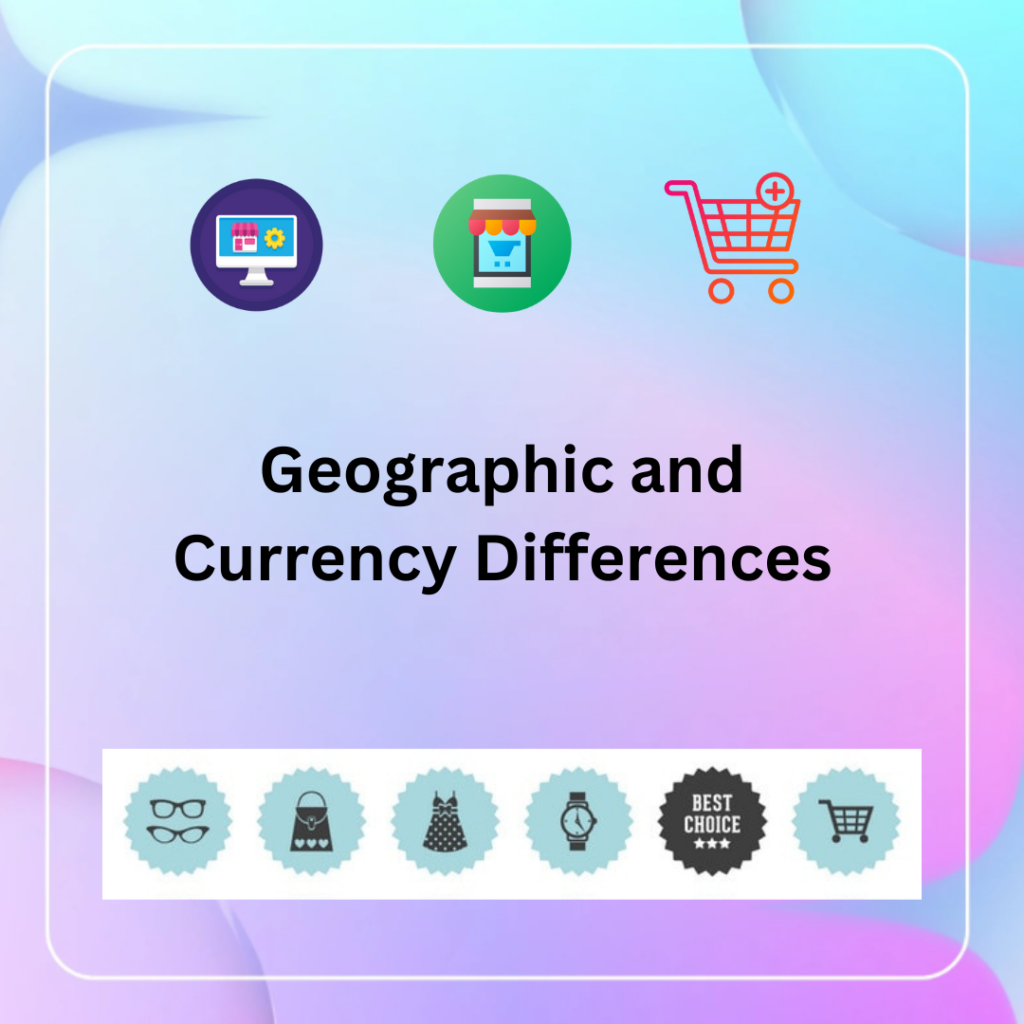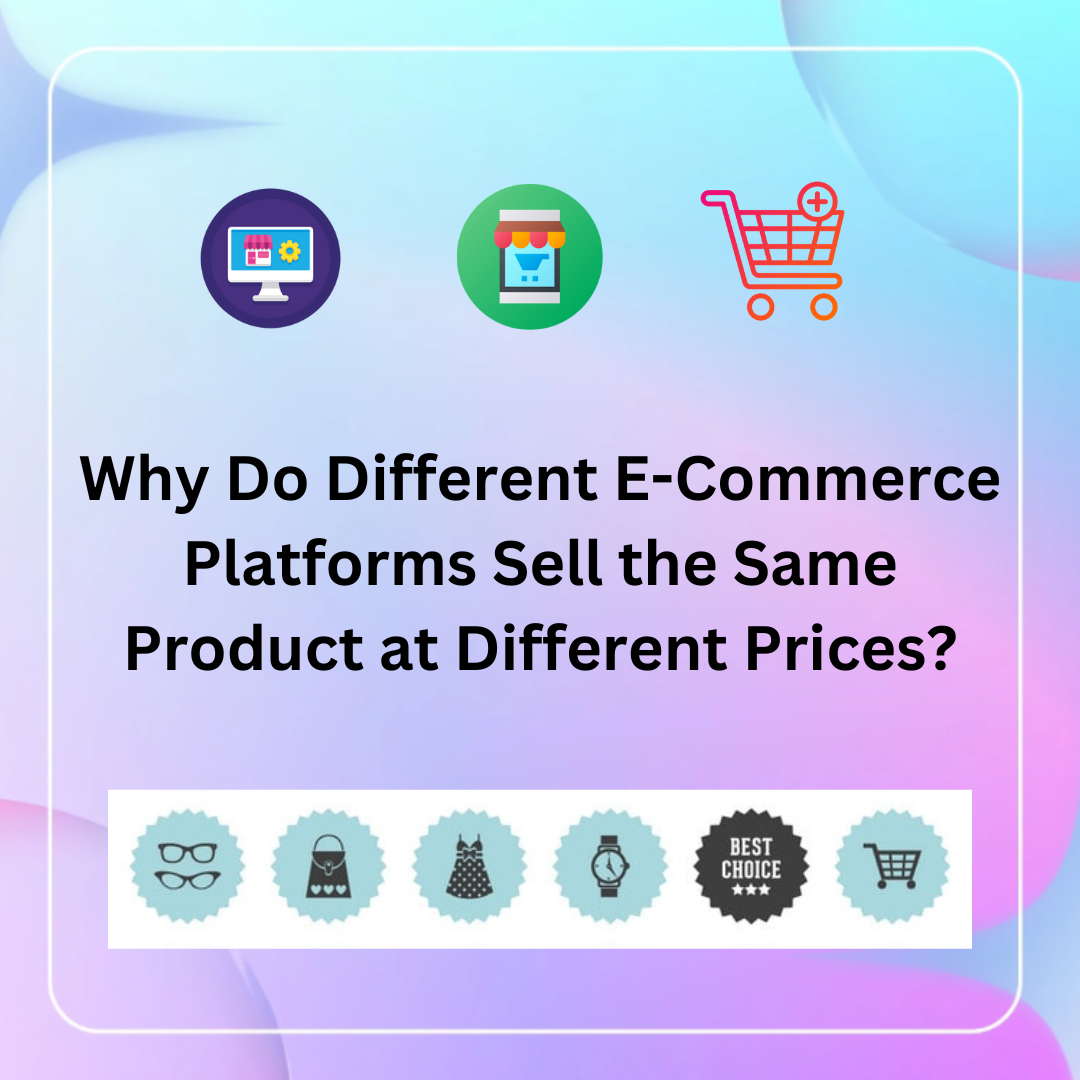Different ecommerce platforms can sell the same product at different prices due to several factors. Here are some key reasons:
Pricing Strategies
Competitive Pricing: Platforms may adjust prices to stay competitive in the market. For example, one platform might lower prices to attract more customers.
Dynamic Pricing: Some platforms use algorithms to change prices based on demand, competition, or customer behavior.
Loss Leaders: Platforms might sell certain products at a lower price (even at a loss) to attract customers, hoping they will buy other higher-margin items.
Supplier and Wholesale Costs
Different platforms may source products from different suppliers or wholesalers, leading to variations in cost prices. This can result in different selling prices.
Some platforms may have exclusive deals or bulk discounts with suppliers, allowing them to offer lower prices.
Platform Fees and Commissions
Ecommerce platforms often charge sellers fees, commissions, or transaction costs. These fees vary across platforms, and sellers may adjust their prices to account for these costs.
For example, a platform with lower fees might allow sellers to offer lower prices.
Shipping and Handling Costs
Shipping costs can vary depending on the platform’s logistics network, partnerships with carriers, or geographic location. These costs are often passed on to the customer, affecting the final price.
Some platforms might offer free shipping but include the cost in the product price.
Promotions and Discounts
Platforms may run promotions, discounts, or flash sales at different times, leading to temporary price differences.
Loyalty programs or membership discounts (e.g., Amazon Prime) can also result in lower prices for certain customers.
Geographic and Currency Differences
Prices may vary based on the region or country due to differences in taxes, import duties, or currency exchange rates. Platforms might adjust prices to align with local purchasing power or market conditions.

Brand Positioning
Some platforms position themselves as premium retailers and may charge higher prices to reflect their brand image.
Others might focus on affordability and consistently offer lower prices.
Seller-Specific Factors
On marketplaces like Amazon or eBay, different sellers can list the same product at different prices based on their own pricing strategies, inventory levels, or profit margins.
Sellers might also offer discounts or bundle deals that affect the final price.
Product Variations
Sometimes, what appears to be the same product might have slight differences (e.g., warranty, packaging, or included accessories) that justify price differences.
Customer Perception and Trust
Platforms with a strong reputation for quality or customer service might charge higher prices because customers are willing to pay more for trust and reliability.
How to Handle Price Differences as a Consumer:
Compare Prices: Use price comparison tools or websites to find the best deal.
Check for Hidden Costs: Look at shipping fees, taxes, and return policies before making a decision.
Wait for Sales: If the price difference isn’t urgent, wait for promotions or seasonal sales.
Consider Value-Added Services: Sometimes paying a little more might be worth it for better customer service, faster shipping, or a hassle-free return policy.
By understanding these factors, you can make more informed decisions when shopping online and find the best price for the product you want.

